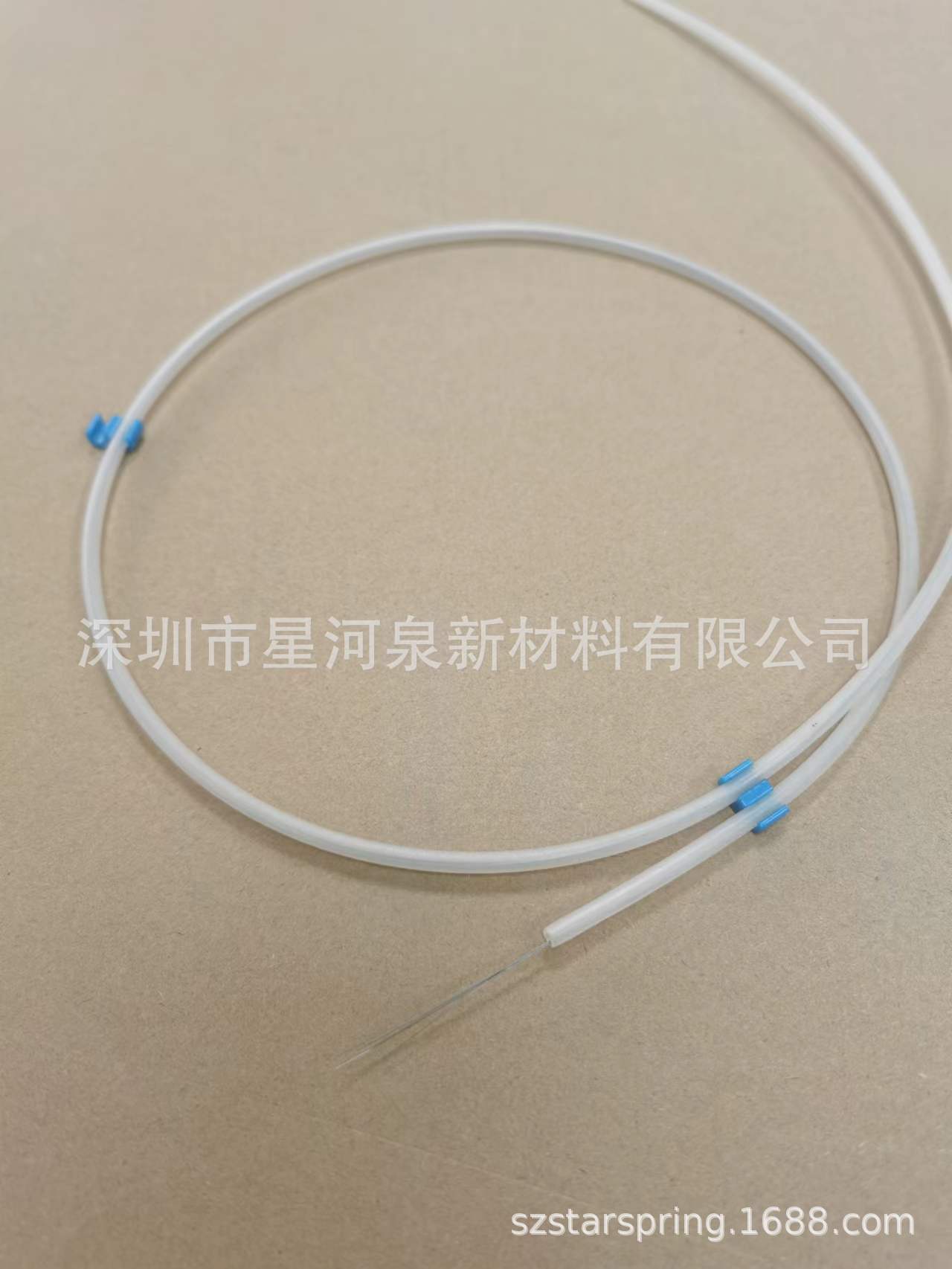Medical Guide Wire: The Art of Fine Manipulation
2023-08-08 13:20
In the medical field, guidewire is a very common medical tool, commonly used to diagnose and treat various diseases. The main function of medical guidewire is to guide the doctor to deliver therapeutic equipment or diagnostic equipment into the patient's body for various operations. Medical guidewires have a wide range of applications, including vascular intervention, endoscopy, urology, cardiovascular and other fields. This article will explore the types and characteristics of medical guidewires and their applications in the medical field.

There are many types of medical guidewires, which can be divided into the following according to different application fields and characteristics: Vascular interventional guidewire:
used to transport interventional equipment to the inside of blood vessels for angioplasty, heart stent implantation and other operations.
Endoscopic guidewire: used to transport endoscopic equipment into the body for in vivo examination, sampling, removal of lesions and other operations.
Urological guidewire: used to dilate the ureter, urethra and other parts for retrograde pyelogram and other operations.
ECG guidewire: Used to connect the ECG device to the patient's body for ECG examination, etc.
The characteristics of medical guidewires mainly include the following aspects: Fineness:
Medical guidewires are usually made of very fine metal or plastic materials and need to be operated finely to avoid damage to the patient's tissues or blood vessels.
Flexibility: Medical guidewires need to have good flexibility in order to bend and adjust in the patient's body, reducing trauma and pain to the patient.
Reliability: Medical guidewires need to have a high degree of reliability to ensure that there will be no breakage, discounting and other problems during operation.
Safety: Medical guidewires need to have a high degree of safety to ensure that there are no adverse reactions such as infection and air embolism during operation.
Medical guidewires are widely used in the medical field, such as: Vascular intervention:
Vascular intervention is a common medical technique that uses guidewires to deliver catheters inside blood vessels for angioplasty, heart stent implantation, etc.
Endoscope: Endoscopy is a common diagnostic and therapeutic tool that uses guidewires to deliver endoscopic equipment into the body for internal examination, sampling, removal of lesions, etc.
Urology: Urology is a common medical field that performs retrograde pyelography, ureteral dilation, etc. by using guidewires.
ECG: ECG is a common medical examination method, which uses a guidewire to connect an ECG device to the patient's body to perform operations such as electrocardiogram examination.
When using medical guidewires, the following aspects need to be paid attention to: Disinfection:
Medical guidewires need to be strictly disinfected before operation to ensure aseptic operation and reduce the risk of infection.
Operation: It needs to be performed by a specially trained doctor or nurse to ensure the accuracy and safety of the operation.
Scope of use: It is necessary to strictly abide by the scope and restrictions of use of medical guidewires to avoid unnecessary damage and risks.
Maintenance: Proper maintenance and care of medical guidewires after use is required to ensure their cleanliness and normal use.
In short, medical guide wire is a very common medical tool, with fine, soft, reliable, safe and other characteristics, and has a wide range of applications in the medical field. When using medical guidewires, operating procedures and restrictions need to be strictly followed to ensure their safety and effectiveness. With the continuous progress and development of technology, the application of medical guide wire will be more extensive and popular, bringing new opportunities and challenges to the development of the medical industry.
Related News
Contact Us
Telephone:86-0755-84264858
Mobile:13823613867 13418804292
Fax: 0755-84263124
Address: No. 22-1 Youganyuan Road, Anliang Community, Yuanshan Street, Longgang District, Shenzhen






